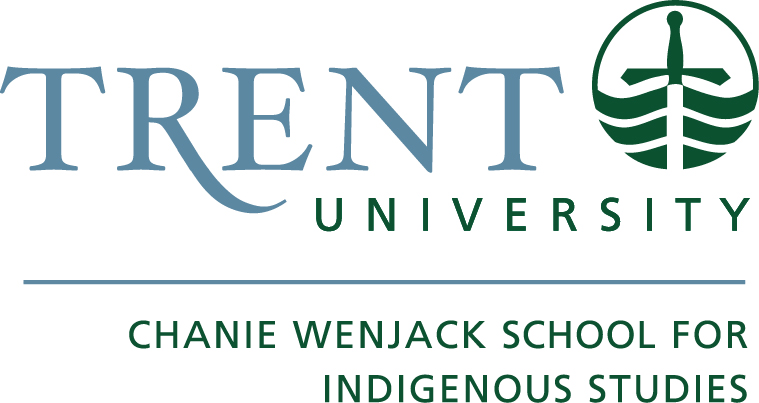13 Historical Facts About Indigenous People in Peterborough Area
From Ptbo_Canada Blog: 13 Historical Facts About Indigenous People In Peterborough Area
- Peterborough is the native territory of the Anishinaabeg, a group of Indigenous people comprised of the Ojibwa, Odawa, Potawatami, Chippewa, Mississauga, Algonquin, and Delaware communities who controlled the Great Lakes Basin since the late 1600s.
- Before it became known as Peterborough, the area was called Nogojiwanong, Ojibwa for “place at the end of rapids.”
- The shores of the Odenabe River were a gathering place for Indigenous people. Odenabe, or Otonabee, means “river that beats like a heart.”
- Anishinaabemowin was widely spoken by the Indigenous people in the area before Indigenous languages and cultural practices were replaced by English and Christianity through the residential school system.
- Through the treaties and land claims processes, Hiawatha First Nation, Curve Lake First Nation, Alderville First Nation, and the Mississaugas of Scugog First Nation have been established in the Peterborough area. These nations refer to themselves officially as Mississaugas.
- When Elsie Knott became chief of Curve Lake First Nation in 1954, she became the first Anishnaabe Kwe O’gimaa, or Native Female Chief, in Canada.
- When Trent University established the Indian-Eskimo Studies Program in 1969, it became the first university in North America to have a department dedicated to the study of Aboriginal people. The program became the Department of Native Studies in 1972, leading the way for other native studies programs in Canada.
- In 1978, Trent became the first Canadian university to establish a four-year Indigenous Studies Bachelor of Arts honours program, and in 1986, the Department of Native Studies at Trent worked with the Trent Frost Centre for Native Studies and Canadian Studies to develop the first Master of Arts program in Native Studies.
- The first Native Studies PhD program in Canada was launched at Trent University in 1997. Its first graduates were awarded PhDs in 2005. In 2006, the Department of Native Studies changed its name to Indigenous Studies.
- As part of the new four-year Indigenous studies program, courses in the Anishnaabe and Mohawk languages were offered for the first time at a Canadian university. Trent University hired elders as course instructors to teach language and indigenous culture courses.



